In the rapidly expanding realm of cryptocurrency, DeFi (Decentralized Finance) represents a significant leap toward reshaping the financial landscape. This guide delves into DeFi’s fundamentals, offering both novices and seasoned investors alike a roadmap to engaging with this innovative digital asset class.
Understanding DeFi: A Primer
DeFi, short for decentralized finance, encapsulates a range of financial applications developed on blockchain technology, governed by smart contracts. These contracts automate the execution of agreements, facilitating transparent and irreversible transactions among anonymous parties, heralding a shift towards a decentralized, non-custodial financial ecosystem.
The Evolution and Purpose of DeFi
Originating as a response to the limitations of traditional financial systems, DeFi aims to democratize access to financial services. It offers an alternative platform for lending, borrowing, and other financial services, extending opportunities to those marginalized by conventional banking systems.
Working Mechanisms of DeFi
Primarily built on the Ethereum blockchain, DeFi leverages smart contracts to power applications and protocols. This foundation not only supports a broad spectrum of financial services but also ensures operational transparency and security, albeit within an unregulated and non-FDIC-insured environment.
Distinctions Between DeFi Coins and Tokens
While DeFi coins and tokens often are used interchangeably, subtle differences exist. DeFi coins are digital currencies native to their blockchain platforms, facilitating value transfer within financial transact
Comparative Table: DeFi Coins vs. DeFi Tokens
| Feature | DeFi Coins | DeFi Tokens |
|---|---|---|
| Basis | Native to their blockchain | Operate on existing blockchains |
| Purpose | Facilitate financial transactions | Offer diverse functionalities |
| Examples | Maker, Compound, Uniswap | Utility tokens, Asset tokens, NFTs |
Initiating Your Journey in DeFi Investment
Embarking on DeFi investment involves several steps:
- Selecting a Crypto Wallet: Choose a wallet compatible with DeFi coins for secure storage and transactions;
- Purchasing DeFi Coins: Invest in coins aligned with your chosen DeFi protocols, primarily available on Ethereum;
- Engaging in Protocols: Participate in lending, borrowing, or other DeFi activities, maintaining custody of your assets.
Monitoring Your DeFi Investments
Tracking the performance of your DeFi investments alongside traditional assets is crucial. Platforms like Kubera enable investors to consolidate their portfolio tracking, providing a unified view of both traditional and digital assets for comprehensive financial management.
Conclusion
As DeFi continues to evolve, it presents both opportunities and challenges. Investors are encouraged to perform diligent research and consider the risks associated with this emerging sector. By understanding the mechanisms, differences, and strategies within DeFi, investors can position themselves to capitalize on the potential of decentralized finance while contributing to a more inclusive and transparent financial ecosystem.
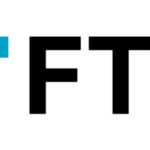






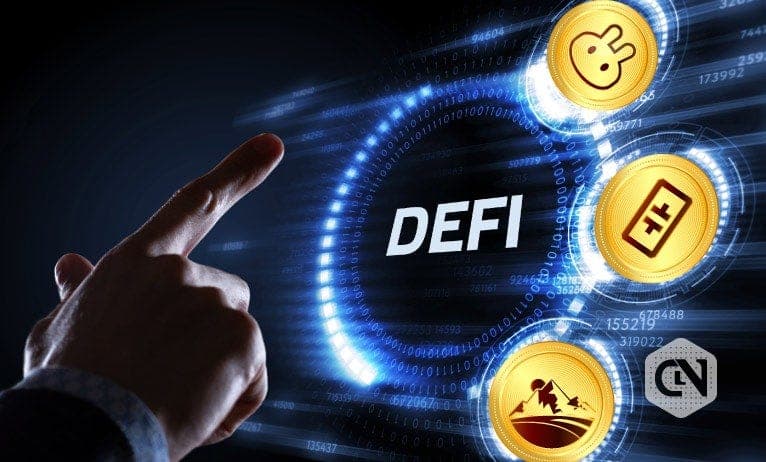



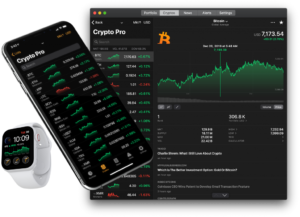

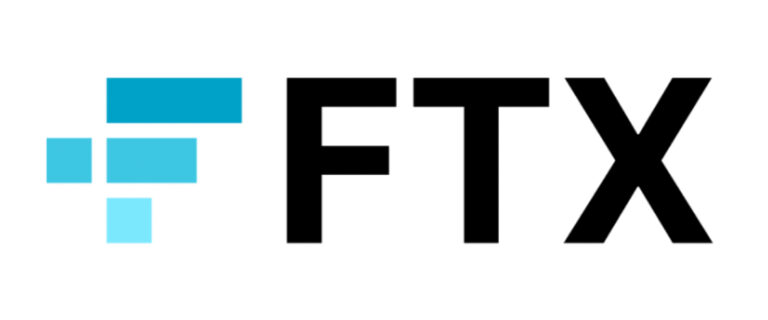
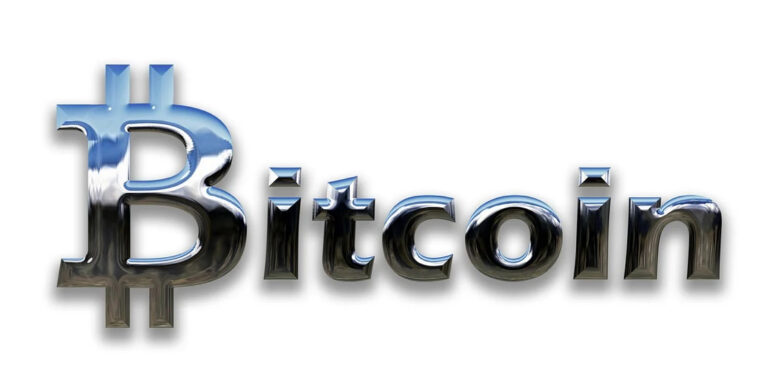
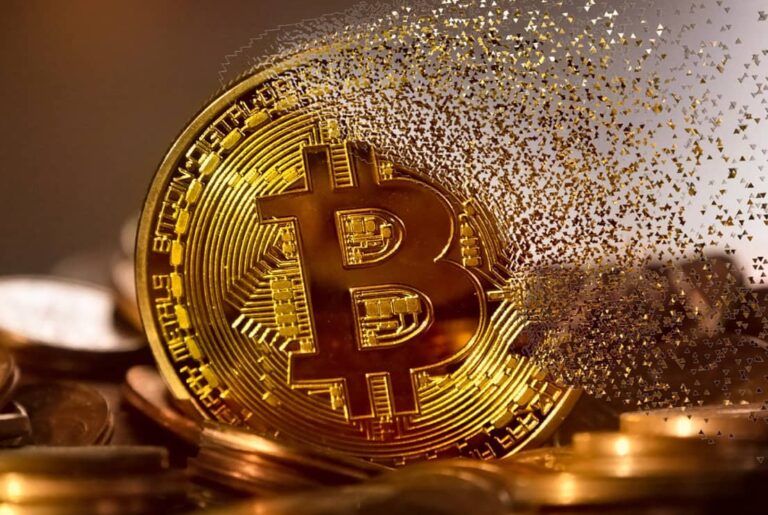
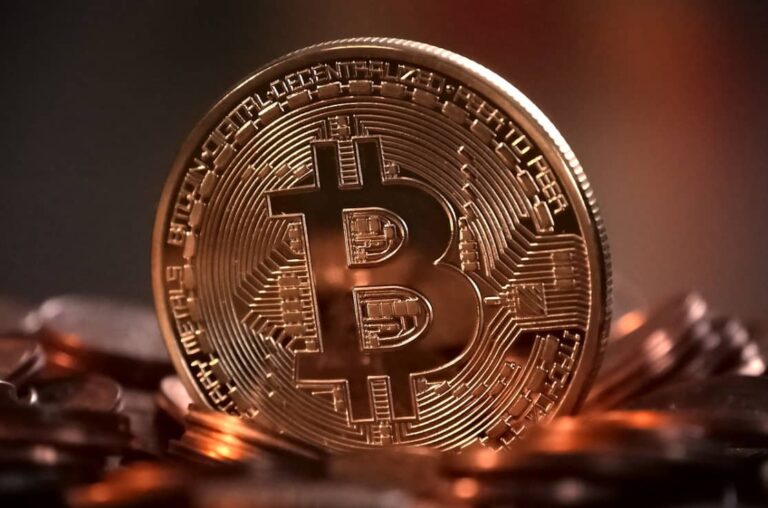
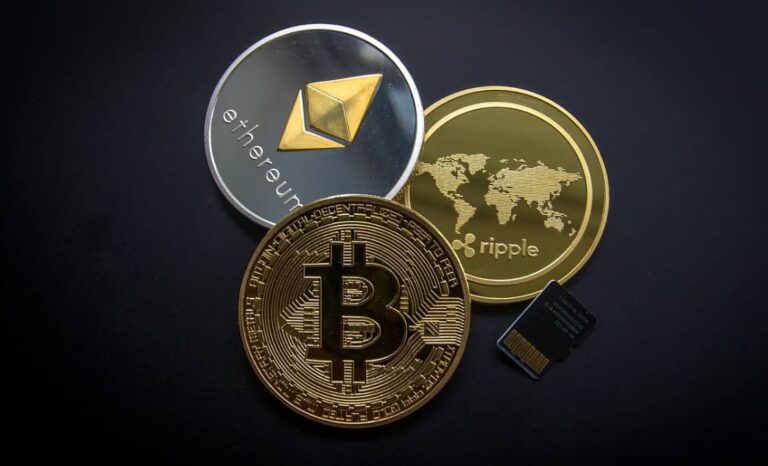


+ There are no comments
Add yours